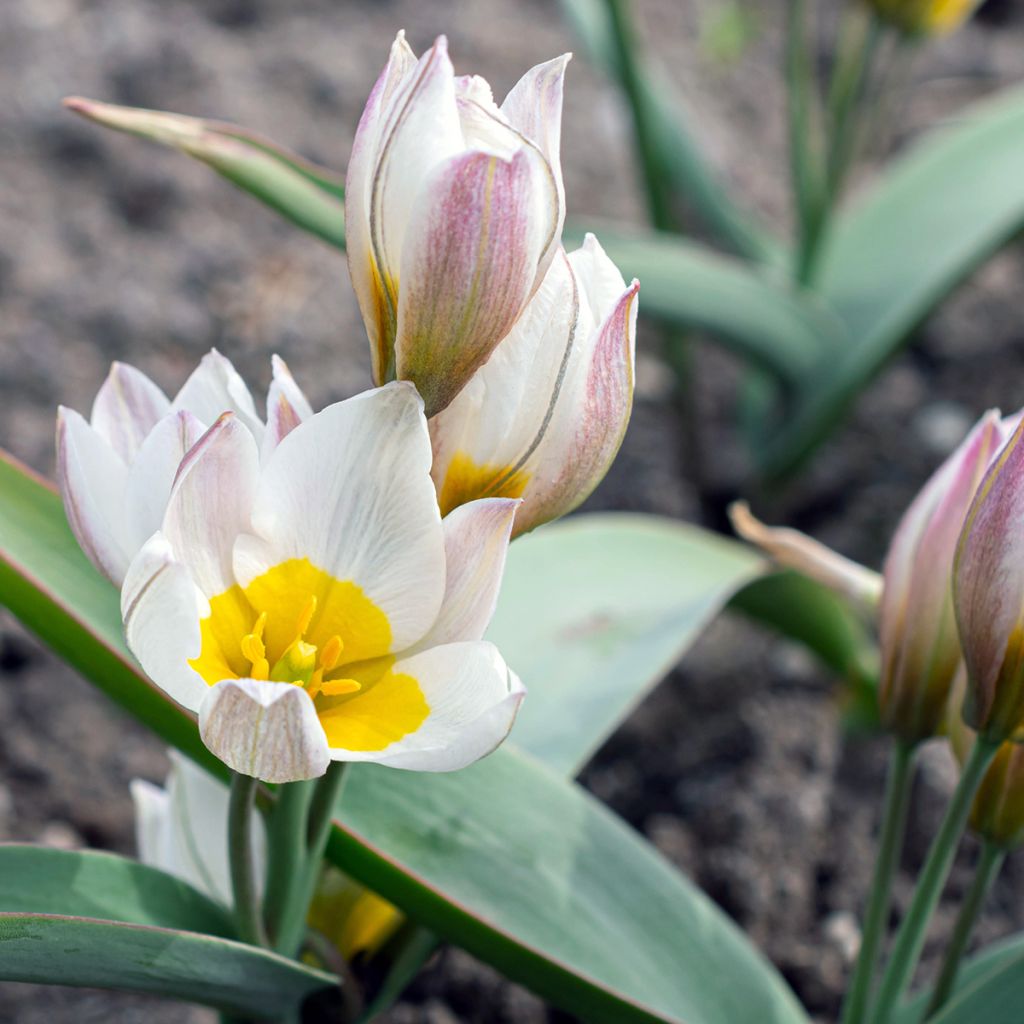

Tulipa polychroma - Botanical Tulip
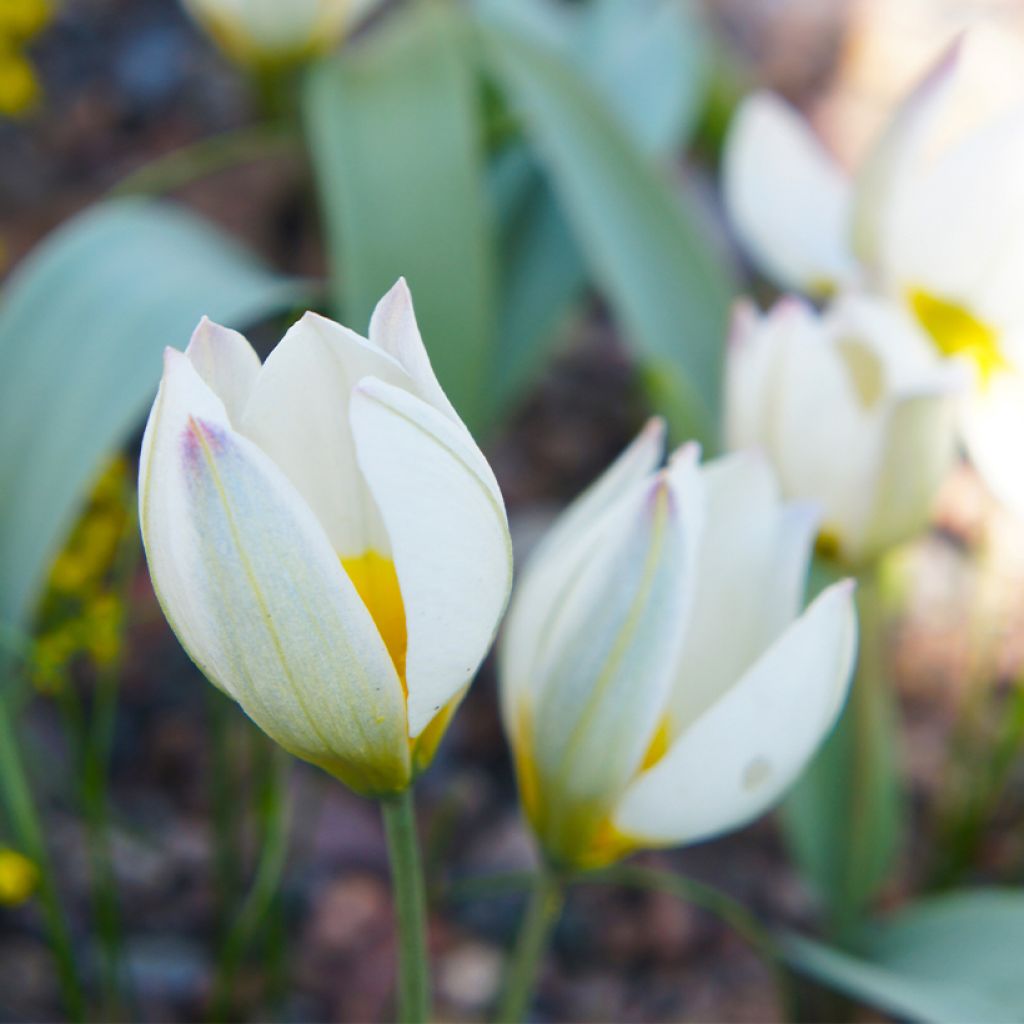

Tulipa polychroma - Botanical Tulip
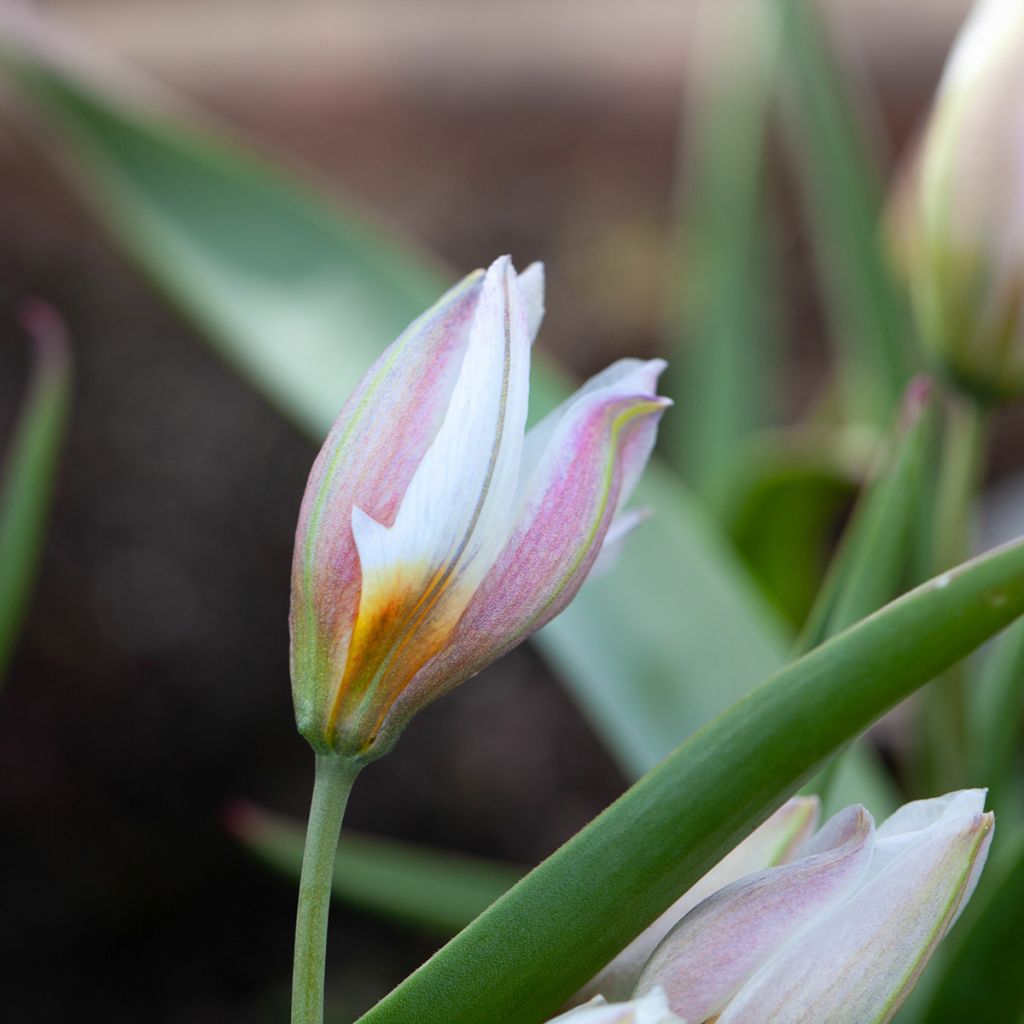

Tulipa polychroma - Botanical Tulip
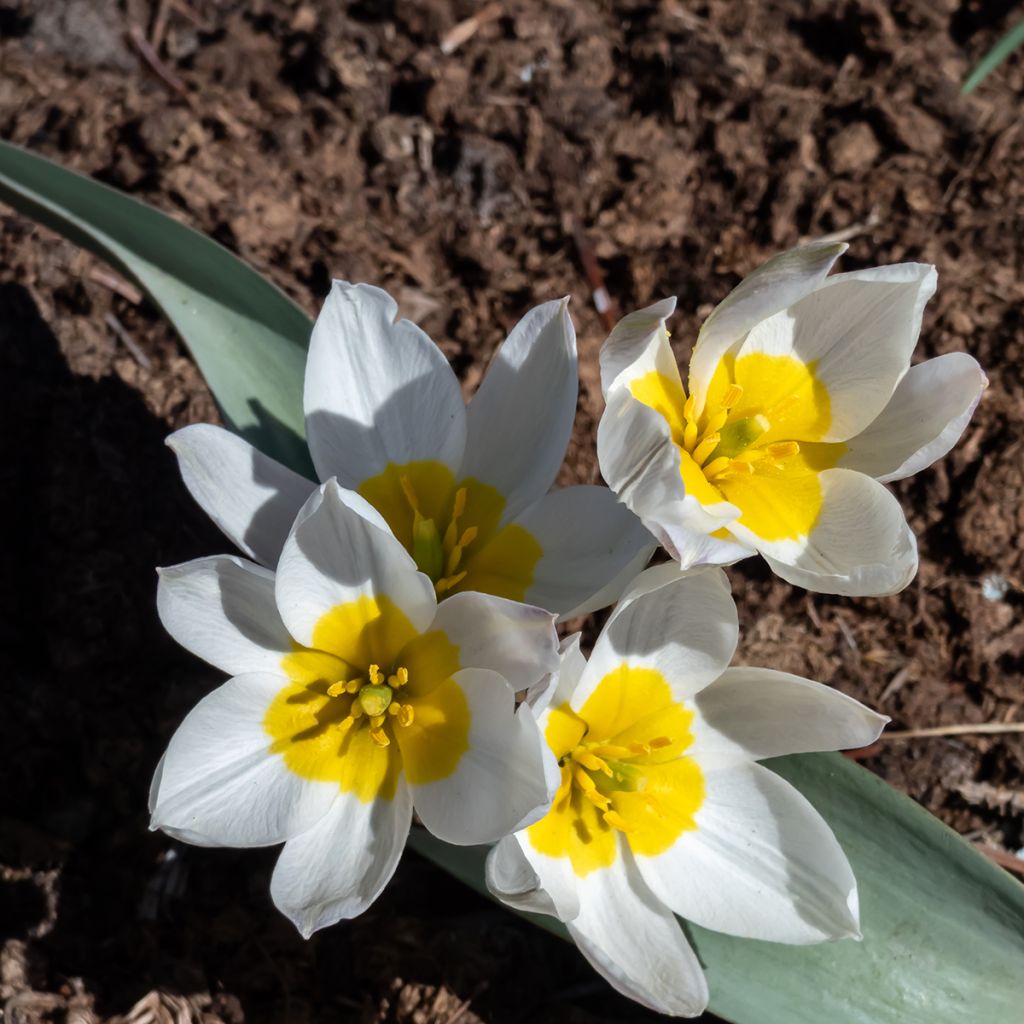

Tulipa polychroma - Botanical Tulip
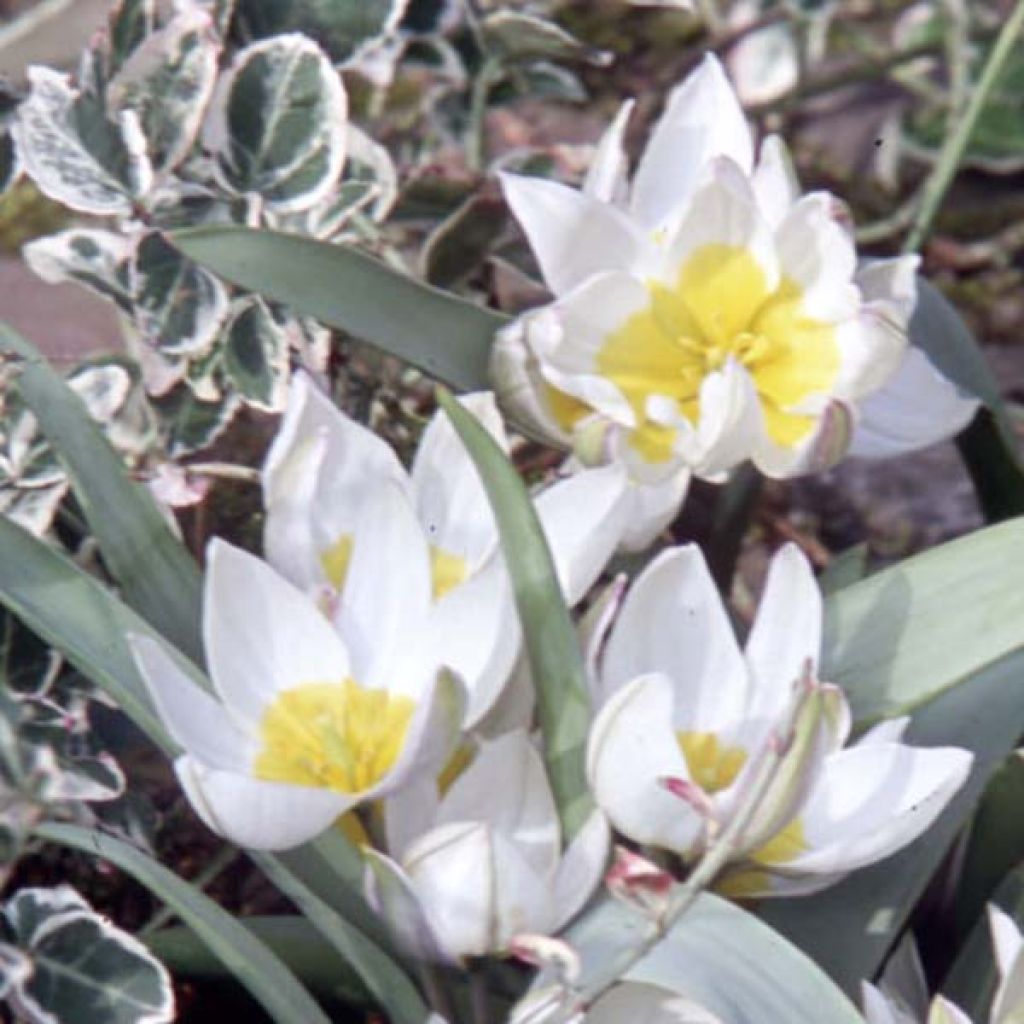

Tulipa polychroma - Botanical Tulip
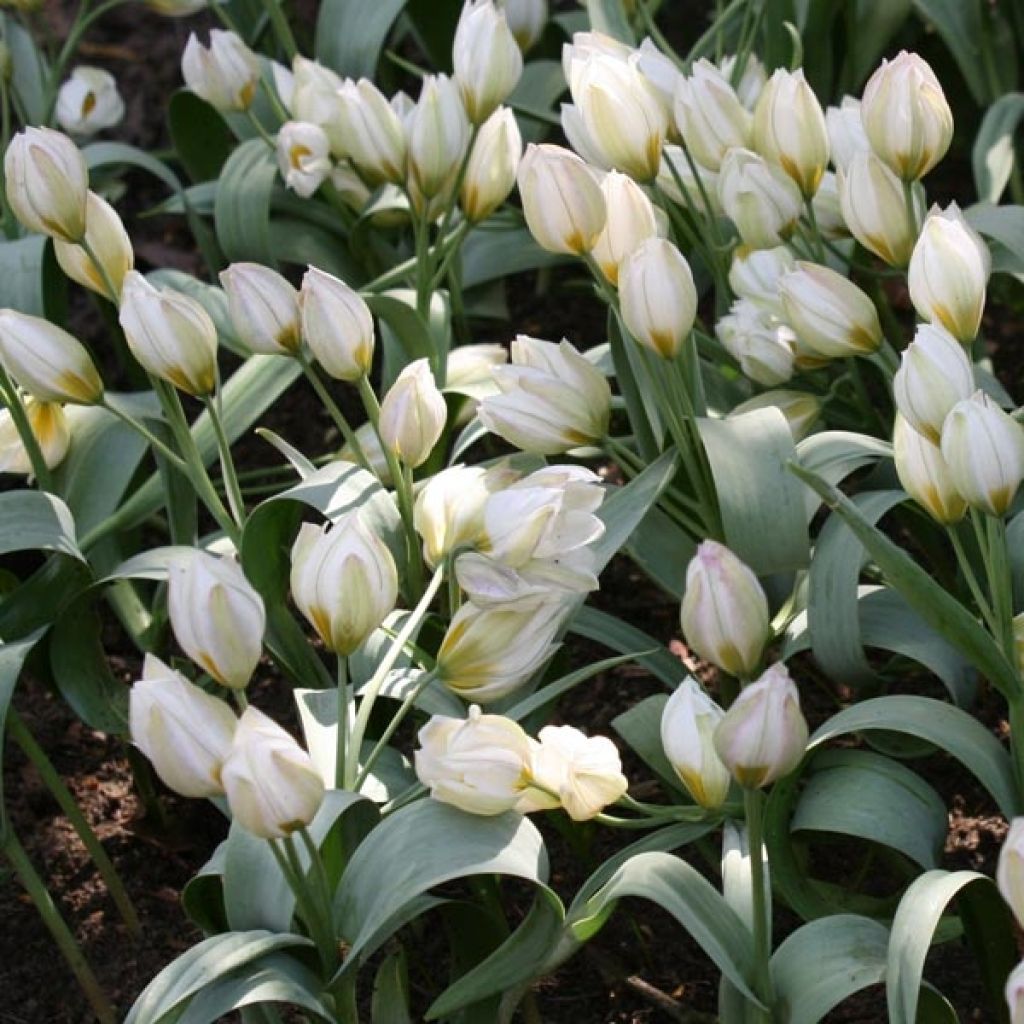

Tulipa polychroma - Botanical Tulip
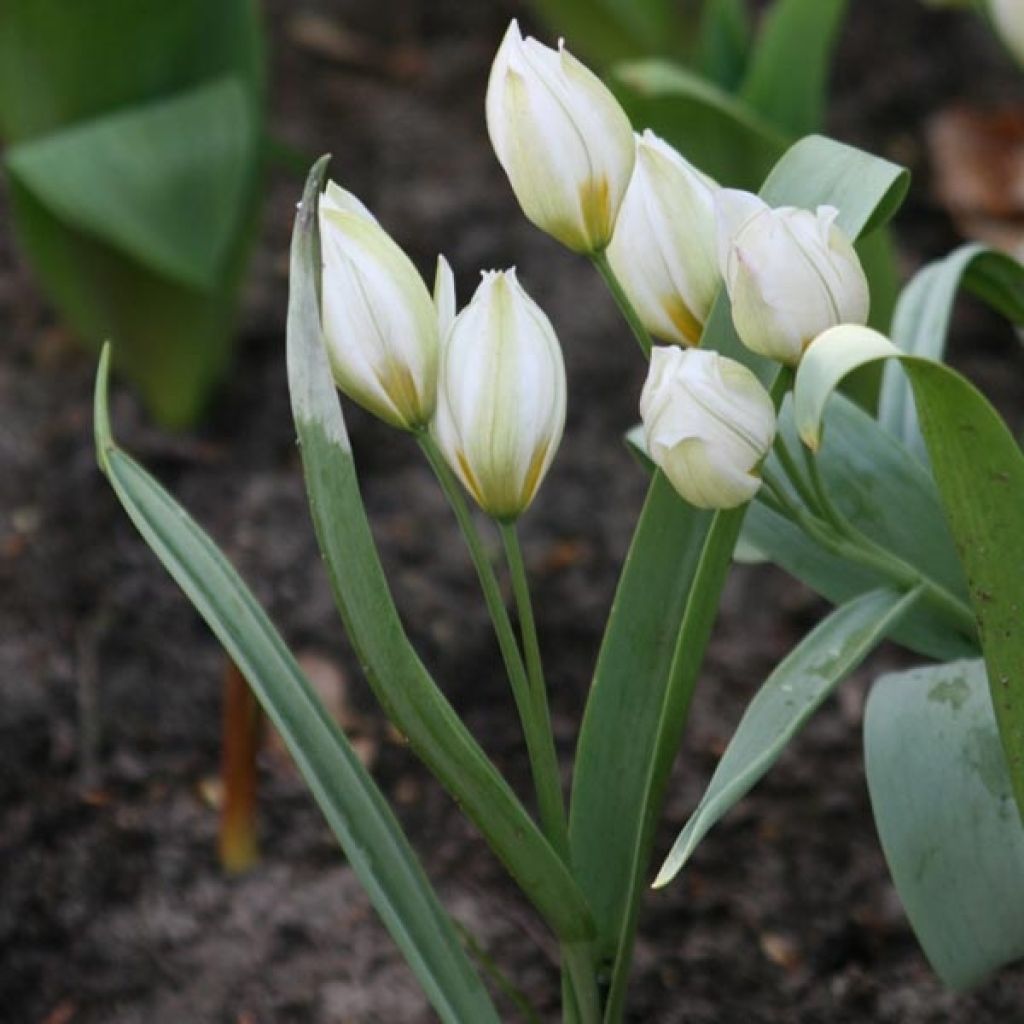

Tulipa polychroma - Botanical Tulip
Tulipa polychroma - Botanical Tulip
Tulipa polychroma
Two-flowered Tulip
These lovely tulips bloomed at the beginning of March, for about two weeks. All the bulbs emerged.
Solène G., 26/03/2024
This plant carries a 6 months recovery warranty
More information
We guarantee the quality of our plants for a full growing cycle, and will replace at our expense any plant that fails to recover under normal climatic and planting conditions.
From €5.90 for pickup delivery and €6.90 for home delivery
Express home delivery from €8.90.
Does this plant fit my garden?
Set up your Plantfit profile →
Description
The polychrome botanical tulip is a small, rare multi-flowering botanical tulip that stands out for its very early flowering and delightful scent. While not very large, they bloom in abundance towards the end of winter, forming a joyful carpet of white stars with bright yellow hearts. It is a very pretty plant that will be able to proliferate and naturalise in a sunny and dry rock garden in summer.
The Tulipa polychroma (synonym T. buhseana) is a bulbous plant from the Liliaceae family. It is native to the eastern Caucasus, northern Iran, northwestern Afghanistan, and Baluchistan, a mountainous and arid desert located in southern Western Asia. It is found in rugged regions with harsh climates, growing in both rocky and clayey, well-drained soils, up to 3000 m (9842ft) altitude.
From a small bulb, covered with a tough and hairy tunic on the inside, 1 or 2 long and thin leaves emerge in winter, grooved, shiny and dark green in colour. This tulip blooms very early, it can start in mid-February, before most other botanical tulips. From the centre of the leaf rosette, one or two flower stems, 7 cm (3in) tall, more or less branched, each bearing 1 to 5 flowers, emerge. Each flower, 4 to 5 cm (2in) in diameter, is composed of 6 oval and slightly pointed tepals forming a cup that opens like a star. When fully open, in sunny weather, the flowers show a pure white interior, with a large bright yellow centre. But it is the colouration of the outside of the flowers that gives this polychrome tulip its character : the reverse of the 3 outer tepals is tinged with olive green and mauve, while the reverse of the 3 inner tepals is lightly striped with green and blue. The tips of the tepals may have a reddish tinge. As they fade, the outside of each flower turns pale pink. Their fragrance, quite pronounced, is often described as fruity. The flowering is followed by the formation of capsules containing seeds, which will open when ripe.
While not the easiest to grow, the polychrome botanical tulip is often the first to bloom, along with crocuses, with which it harmonizes perfectly. It will thrive and naturalise in a rock garden or gravel bed that is sufficiently dry in summer and in full sun. It will then form superb colonies. Combine this small tulip with muscari, anemone blanda, other botanical tulips, or even hyacinths to extend the flowering period of your rock garden. You can also plant it among perennials, small bushes, or shrubs in dry soil if the soil in your garden is sufficiently rocky and well-drained. It can be grown in pots with good drainage, allowing the bulbs to remain dry in summer and enjoy its wonderful scented flowering close to your home, on a windowsill, or even indoors.
Report an error about the product description
Plant habit
Flowering
Foliage
Botanical data
Tulipa
polychroma
Liliaceae
Two-flowered Tulip
Tulipa biflora, Tulipa talijevii, Tulipa polychroma
West Asia
Planting and care
Plant your polychroma tulips as soon as possible in a well-drained soil, preferably clayey and stony, slightly acidic to limestone. A dry soil in summer is a guarantee of success for this species in a semi-arid continental climate that does not appreciate humidity when the bulb is dormant. Excess moisture in winter is also detrimental. Loosen the soil deeply, add gravel and rocks to your garden soil, and don't hesitate to plant the bulbs on a rockery, slope, or mound. Plant to a depth of 8 cm (3in) (bulbs should be covered with twice their height of soil). Space the bulbs a few cm apart, making sure they do not touch. Choose a sunny exposure for better flowering. After flowering, cut the flower stalks and allow the leaves to dry completely before cutting them.
Advice on Flowering Carpets
You can create beautiful flowered areas around the house, in flowerbeds, around trees, or in wild spaces. It is an economical and sustainable solution, provided that a few principles are followed:
1) It is a planting that should be left in place.
2) Choose the varieties carefully according to the situation (climate, soil, exposure).
3) A period of rest is essential after flowering for the bulbs to regenerate. Let the foliage turn yellow and dry before cutting it.
4) Organic fertiliser should be spread once a year in autumn, especially in poor soils.
Planting period
Intended location
Care
-
, onOrder confirmed
Reply from on Promesse de fleurs
Haven't found what you were looking for?
Hardiness is the lowest winter temperature a plant can endure without suffering serious damage or even dying. However, hardiness is affected by location (a sheltered area, such as a patio), protection (winter cover) and soil type (hardiness is improved by well-drained soil).

Photo Sharing Terms & Conditions
In order to encourage gardeners to interact and share their experiences, Promesse de fleurs offers various media enabling content to be uploaded onto its Site - in particular via the ‘Photo sharing’ module.
The User agrees to refrain from:
- Posting any content that is illegal, prejudicial, insulting, racist, inciteful to hatred, revisionist, contrary to public decency, that infringes on privacy or on the privacy rights of third parties, in particular the publicity rights of persons and goods, intellectual property rights, or the right to privacy.
- Submitting content on behalf of a third party;
- Impersonate the identity of a third party and/or publish any personal information about a third party;
In general, the User undertakes to refrain from any unethical behaviour.
All Content (in particular text, comments, files, images, photos, videos, creative works, etc.), which may be subject to property or intellectual property rights, image or other private rights, shall remain the property of the User, subject to the limited rights granted by the terms of the licence granted by Promesse de fleurs as stated below. Users are at liberty to publish or not to publish such Content on the Site, notably via the ‘Photo Sharing’ facility, and accept that this Content shall be made public and freely accessible, notably on the Internet.
Users further acknowledge, undertake to have ,and guarantee that they hold all necessary rights and permissions to publish such material on the Site, in particular with regard to the legislation in force pertaining to any privacy, property, intellectual property, image, or contractual rights, or rights of any other nature. By publishing such Content on the Site, Users acknowledge accepting full liability as publishers of the Content within the meaning of the law, and grant Promesse de fleurs, free of charge, an inclusive, worldwide licence for the said Content for the entire duration of its publication, including all reproduction, representation, up/downloading, displaying, performing, transmission, and storage rights.
Users also grant permission for their name to be linked to the Content and accept that this link may not always be made available.
By engaging in posting material, Users consent to their Content becoming automatically accessible on the Internet, in particular on other sites and/or blogs and/or web pages of the Promesse de fleurs site, including in particular social pages and the Promesse de fleurs catalogue.
Users may secure the removal of entrusted content free of charge by issuing a simple request via our contact form.
The flowering period indicated on our website applies to countries and regions located in USDA zone 8 (France, the United Kingdom, Ireland, the Netherlands, etc.)
It will vary according to where you live:
- In zones 9 to 10 (Italy, Spain, Greece, etc.), flowering will occur about 2 to 4 weeks earlier.
- In zones 6 to 7 (Germany, Poland, Slovenia, and lower mountainous regions), flowering will be delayed by 2 to 3 weeks.
- In zone 5 (Central Europe, Scandinavia), blooming will be delayed by 3 to 5 weeks.
In temperate climates, pruning of spring-flowering shrubs (forsythia, spireas, etc.) should be done just after flowering.
Pruning of summer-flowering shrubs (Indian Lilac, Perovskia, etc.) can be done in winter or spring.
In cold regions as well as with frost-sensitive plants, avoid pruning too early when severe frosts may still occur.
The planting period indicated on our website applies to countries and regions located in USDA zone 8 (France, United Kingdom, Ireland, Netherlands).
It will vary according to where you live:
- In Mediterranean zones (Marseille, Madrid, Milan, etc.), autumn and winter are the best planting periods.
- In continental zones (Strasbourg, Munich, Vienna, etc.), delay planting by 2 to 3 weeks in spring and bring it forward by 2 to 4 weeks in autumn.
- In mountainous regions (the Alps, Pyrenees, Carpathians, etc.), it is best to plant in late spring (May-June) or late summer (August-September).
The harvesting period indicated on our website applies to countries and regions in USDA zone 8 (France, England, Ireland, the Netherlands).
In colder areas (Scandinavia, Poland, Austria...) fruit and vegetable harvests are likely to be delayed by 3-4 weeks.
In warmer areas (Italy, Spain, Greece, etc.), harvesting will probably take place earlier, depending on weather conditions.
The sowing periods indicated on our website apply to countries and regions within USDA Zone 8 (France, UK, Ireland, Netherlands).
In colder areas (Scandinavia, Poland, Austria...), delay any outdoor sowing by 3-4 weeks, or sow under glass.
In warmer climes (Italy, Spain, Greece, etc.), bring outdoor sowing forward by a few weeks.


































